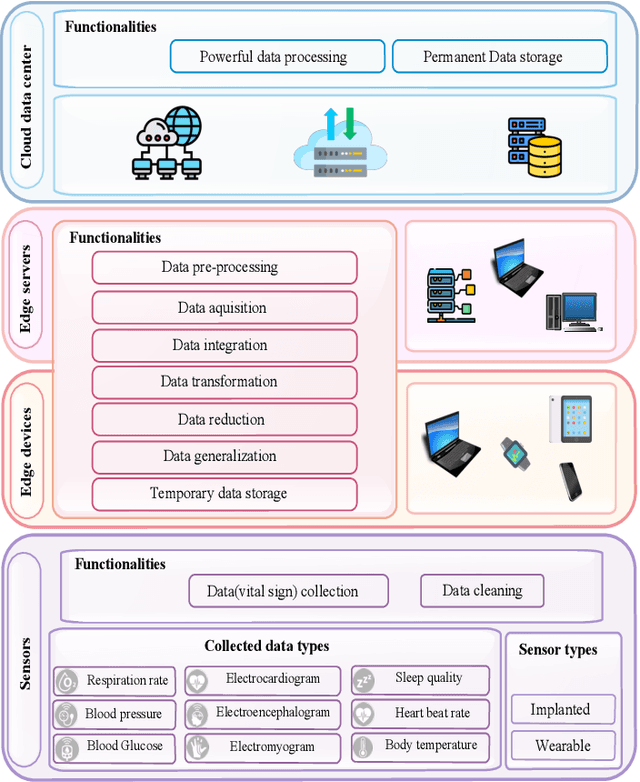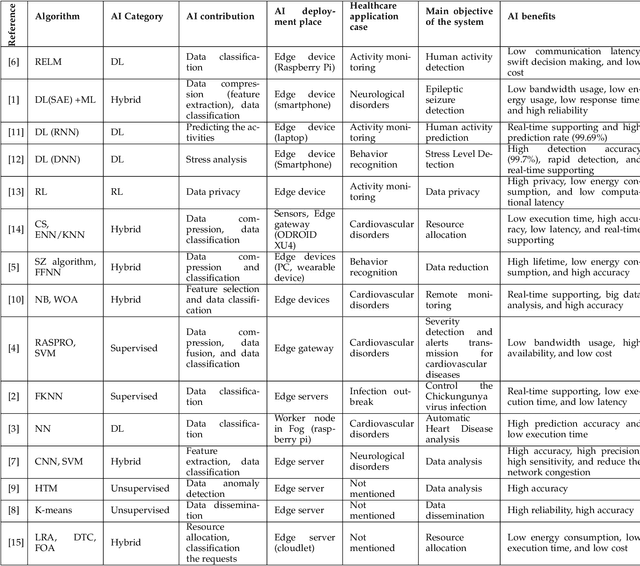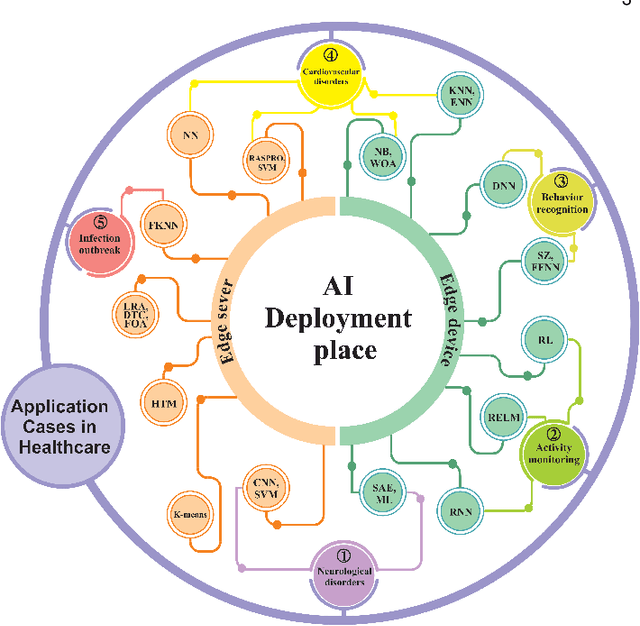Oznur Ozkasap
AI-Assisted Investigation of On-Chain Parameters: Risky Cryptocurrencies and Price Factors
Aug 11, 2023Abstract:Cryptocurrencies have become a popular and widely researched topic of interest in recent years for investors and scholars. In order to make informed investment decisions, it is essential to comprehend the factors that impact cryptocurrency prices and to identify risky cryptocurrencies. This paper focuses on analyzing historical data and using artificial intelligence algorithms on on-chain parameters to identify the factors affecting a cryptocurrency's price and to find risky cryptocurrencies. We conducted an analysis of historical cryptocurrencies' on-chain data and measured the correlation between the price and other parameters. In addition, we used clustering and classification in order to get a better understanding of a cryptocurrency and classify it as risky or not. The analysis revealed that a significant proportion of cryptocurrencies (39%) disappeared from the market, while only a small fraction (10%) survived for more than 1000 days. Our analysis revealed a significant negative correlation between cryptocurrency price and maximum and total supply, as well as a weak positive correlation between price and 24-hour trading volume. Moreover, we clustered cryptocurrencies into five distinct groups using their on-chain parameters, which provides investors with a more comprehensive understanding of a cryptocurrency when compared to those clustered with it. Finally, by implementing multiple classifiers to predict whether a cryptocurrency is risky or not, we obtained the best f1-score of 76% using K-Nearest Neighbor.
Edge Intelligence for Empowering IoT-based Healthcare Systems
Mar 22, 2021



Abstract:The demand for real-time, affordable, and efficient smart healthcare services is increasing exponentially due to the technological revolution and burst of population. To meet the increasing demands on this critical infrastructure, there is a need for intelligent methods to cope with the existing obstacles in this area. In this regard, edge computing technology can reduce latency and energy consumption by moving processes closer to the data sources in comparison to the traditional centralized cloud and IoT-based healthcare systems. In addition, by bringing automated insights into the smart healthcare systems, artificial intelligence (AI) provides the possibility of detecting and predicting high-risk diseases in advance, decreasing medical costs for patients, and offering efficient treatments. The objective of this article is to highlight the benefits of the adoption of edge intelligent technology, along with AI in smart healthcare systems. Moreover, a novel smart healthcare model is proposed to boost the utilization of AI and edge technology in smart healthcare systems. Additionally, the paper discusses issues and research directions arising when integrating these different technologies together.
HyMER: A Hybrid Machine Learning Framework for Energy Efficient Routing in SDN
Aug 27, 2019



Abstract:Combining the capabilities of the programmability of networks by SDN and discovering patterns by machine learning are utilized in security, traffic classification, QoS prediction, and network performance and has attracted the attention of researchers. In this work, we propose HyMER: a novel hybrid machine learning framework for traffic aware energy efficient routing in SDN which has supervised and reinforcement learning components. The supervised learning component consists of feature extraction, training, and testing. The reinforcement learning component learns from existing data or from scratch by iteratively interacting with the network environment. The framework is developed on POX controller and is evaluated on Mininet using Abiline, GEANT, and Nobel-Germany real-world topologies and dynamic traffic traces. Experimental results show that the supervised component achieves up to 70% feature size reduction and more than 80% accuracy in parameter prediction. The refine heuristics algorithm increases the accuracy of the prediction to 100% with 14X to 25X speedup as compared to the brute force method. The reinforcement learning module converges from 100 to 275 iterations and converges twice faster if applied on top of the supervised component. Moreover, HyMER achieves up to 10 watts per switch power saving, 30% link saving, 2 hops decrease in average path length.
 Add to Chrome
Add to Chrome Add to Firefox
Add to Firefox Add to Edge
Add to Edge